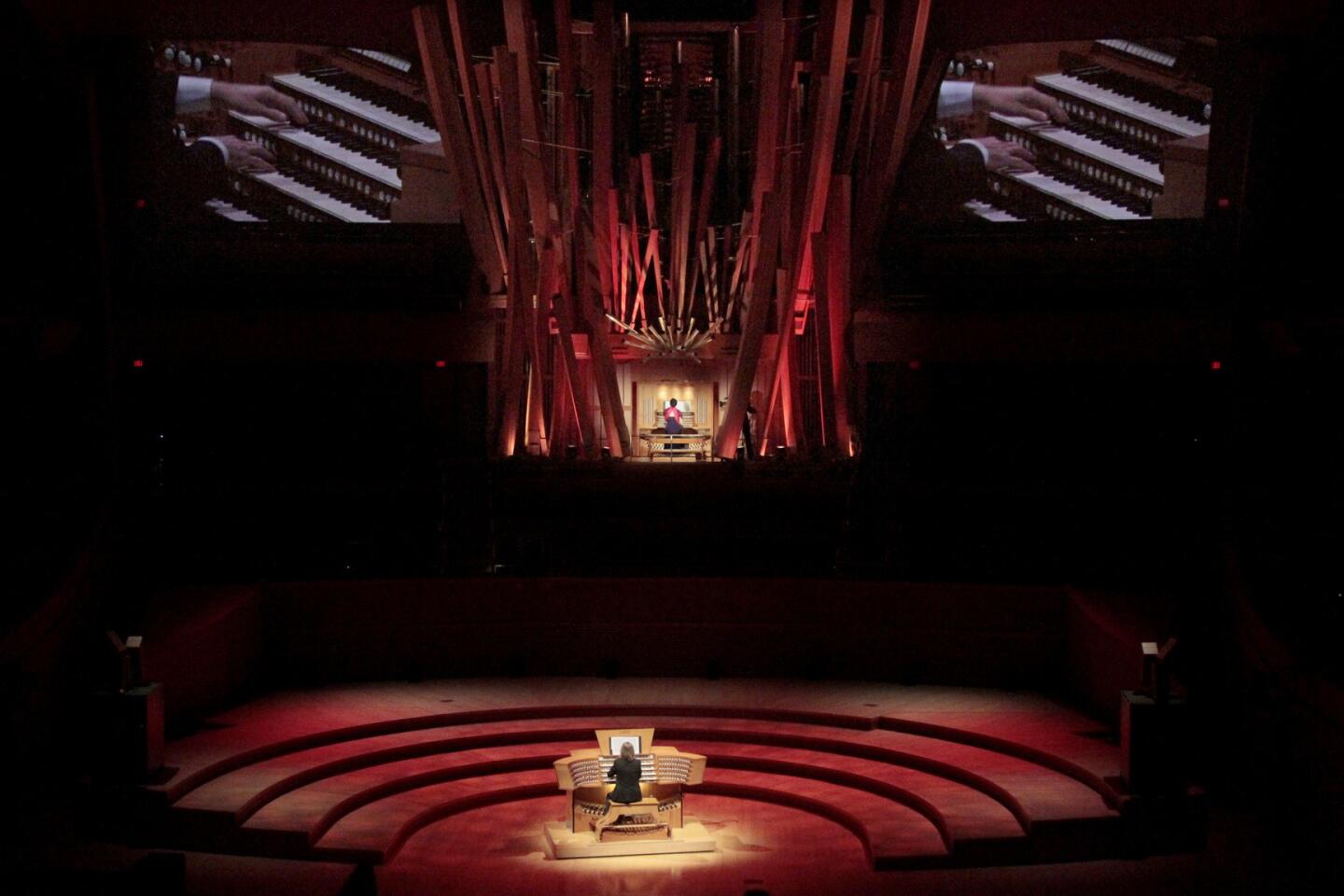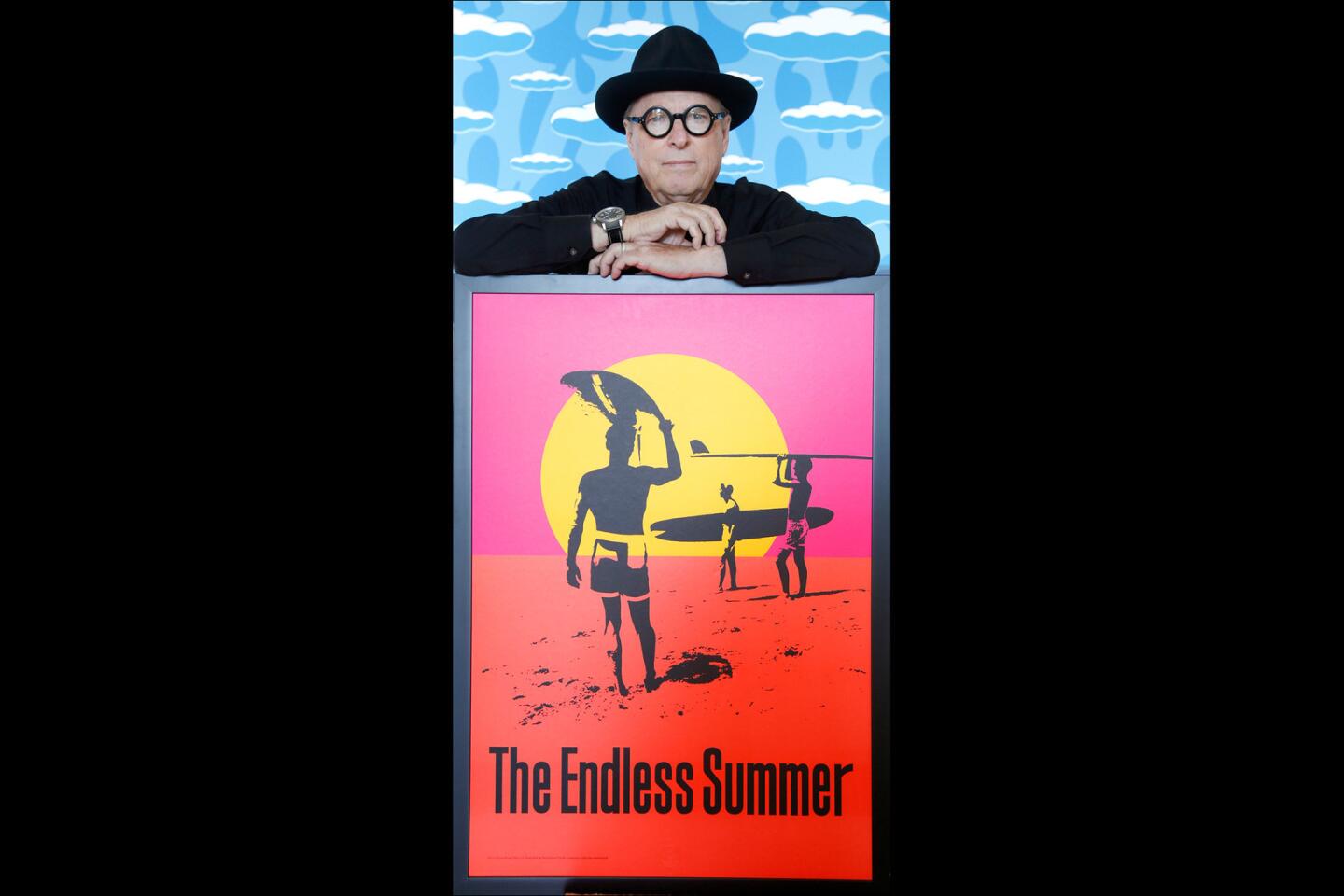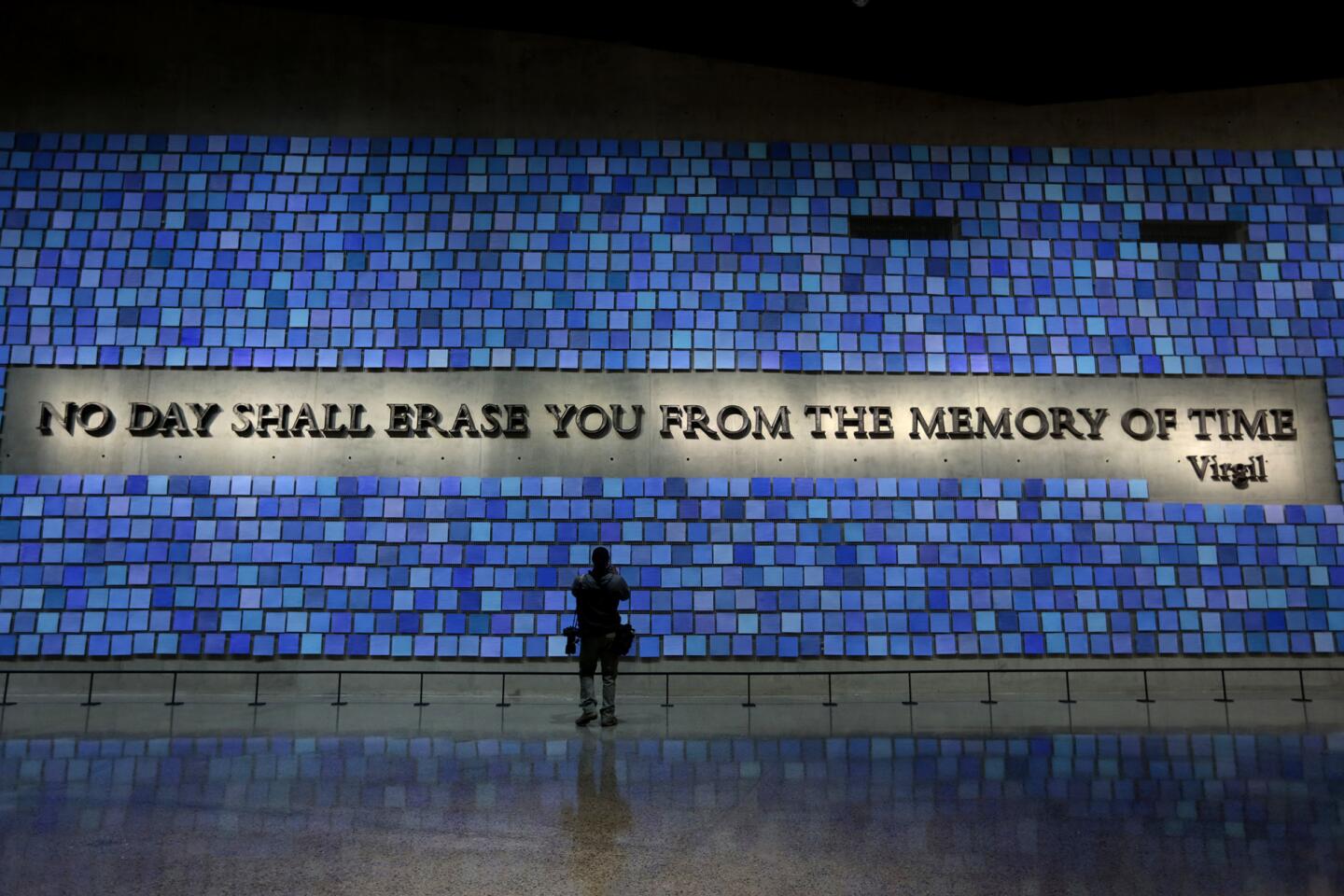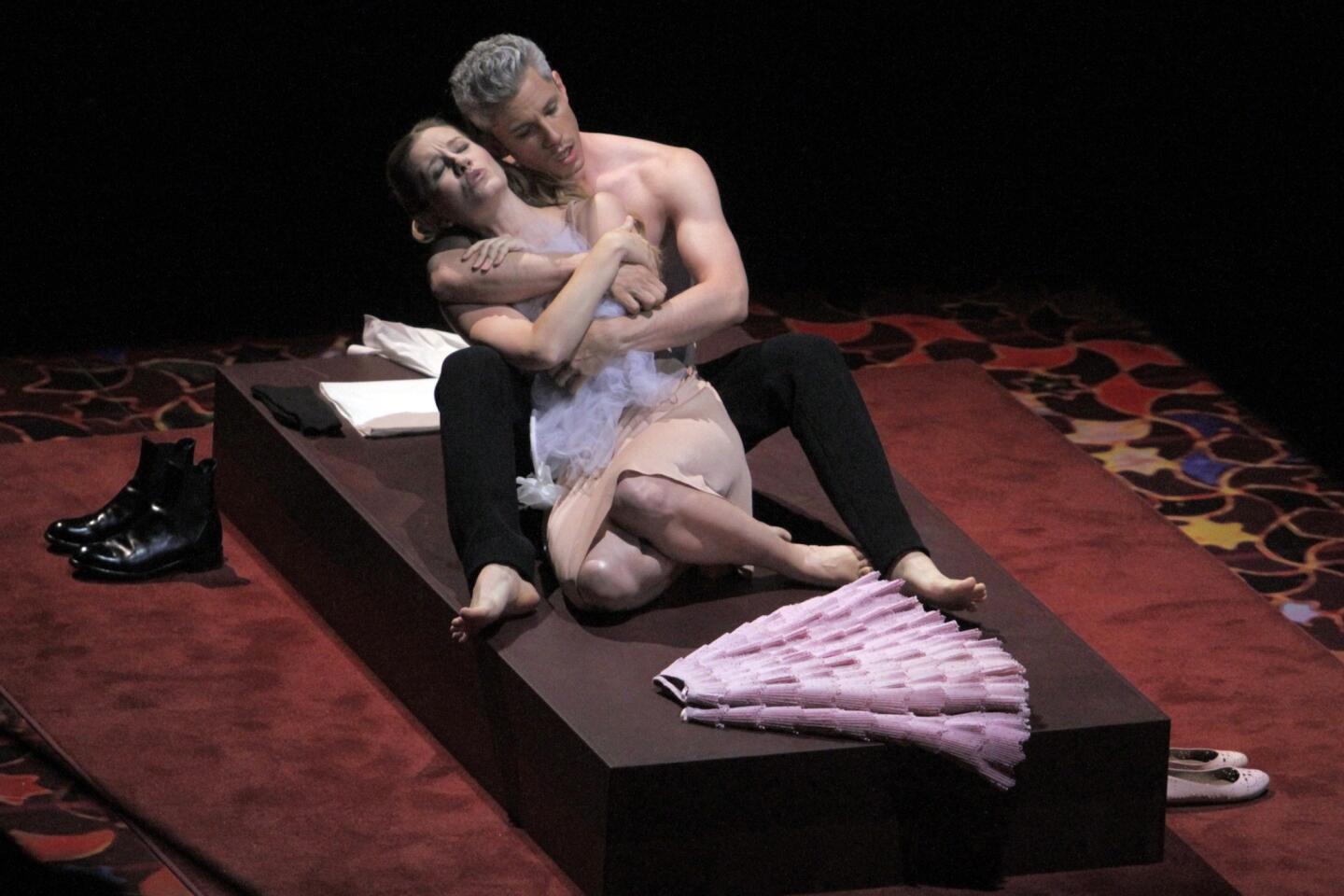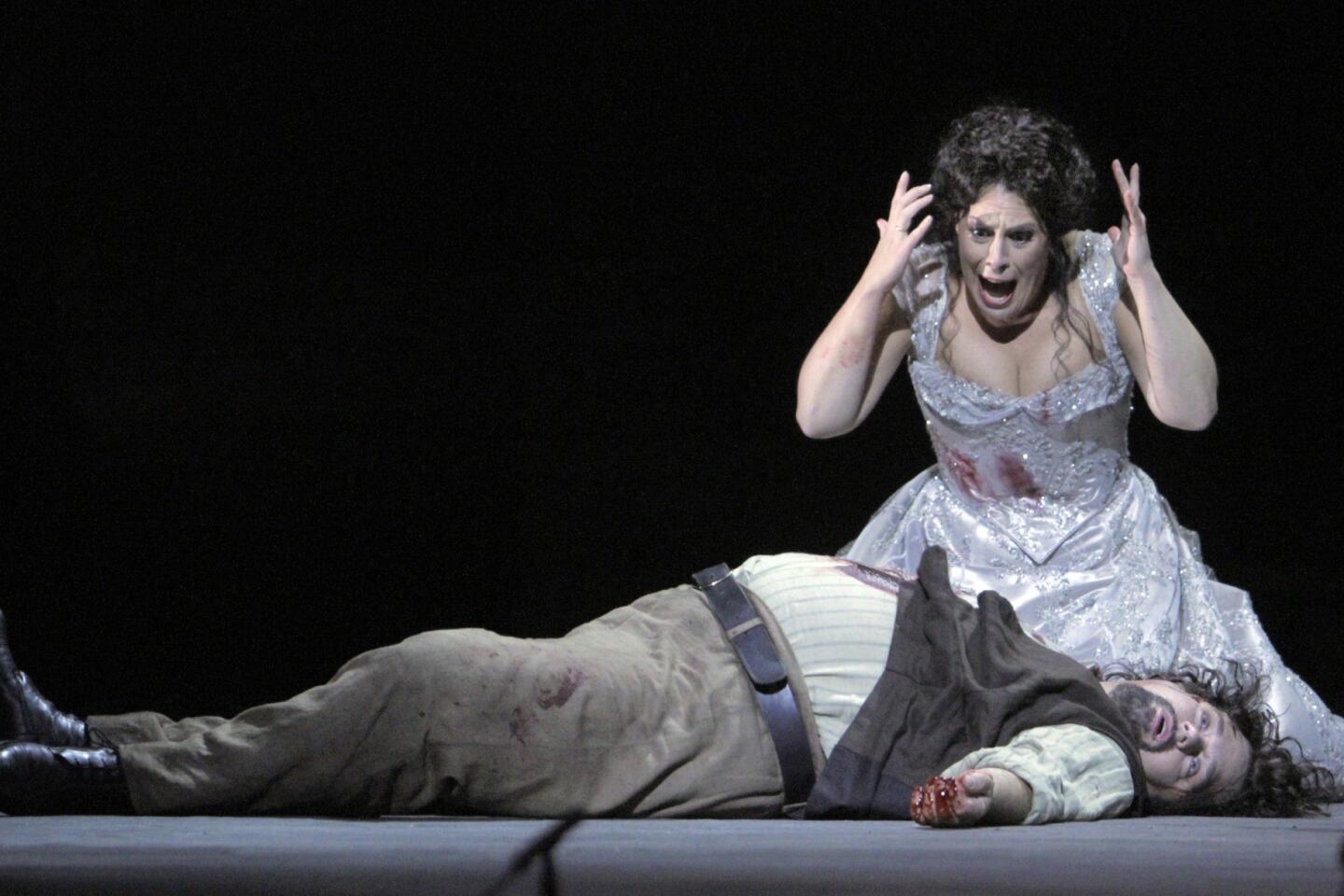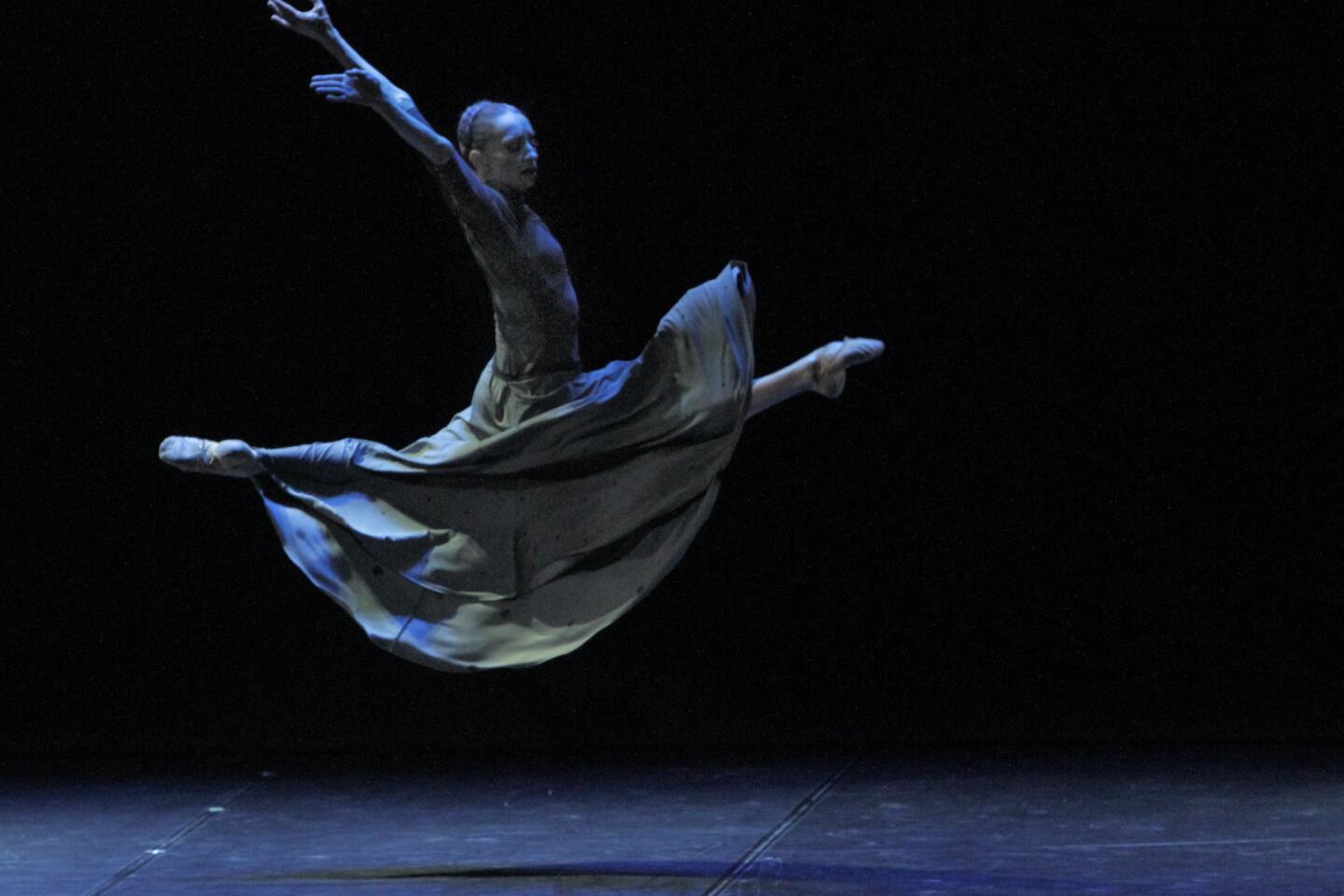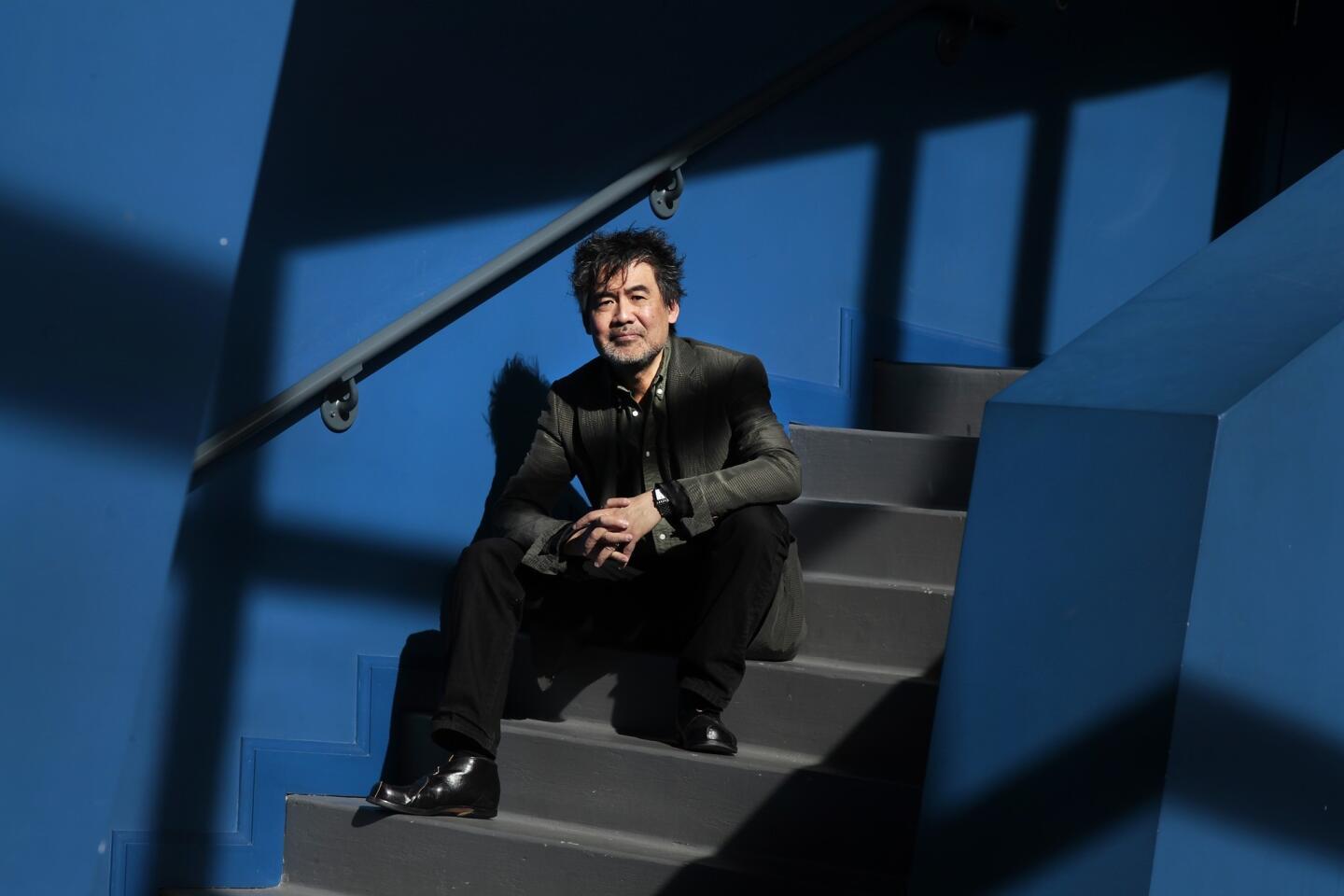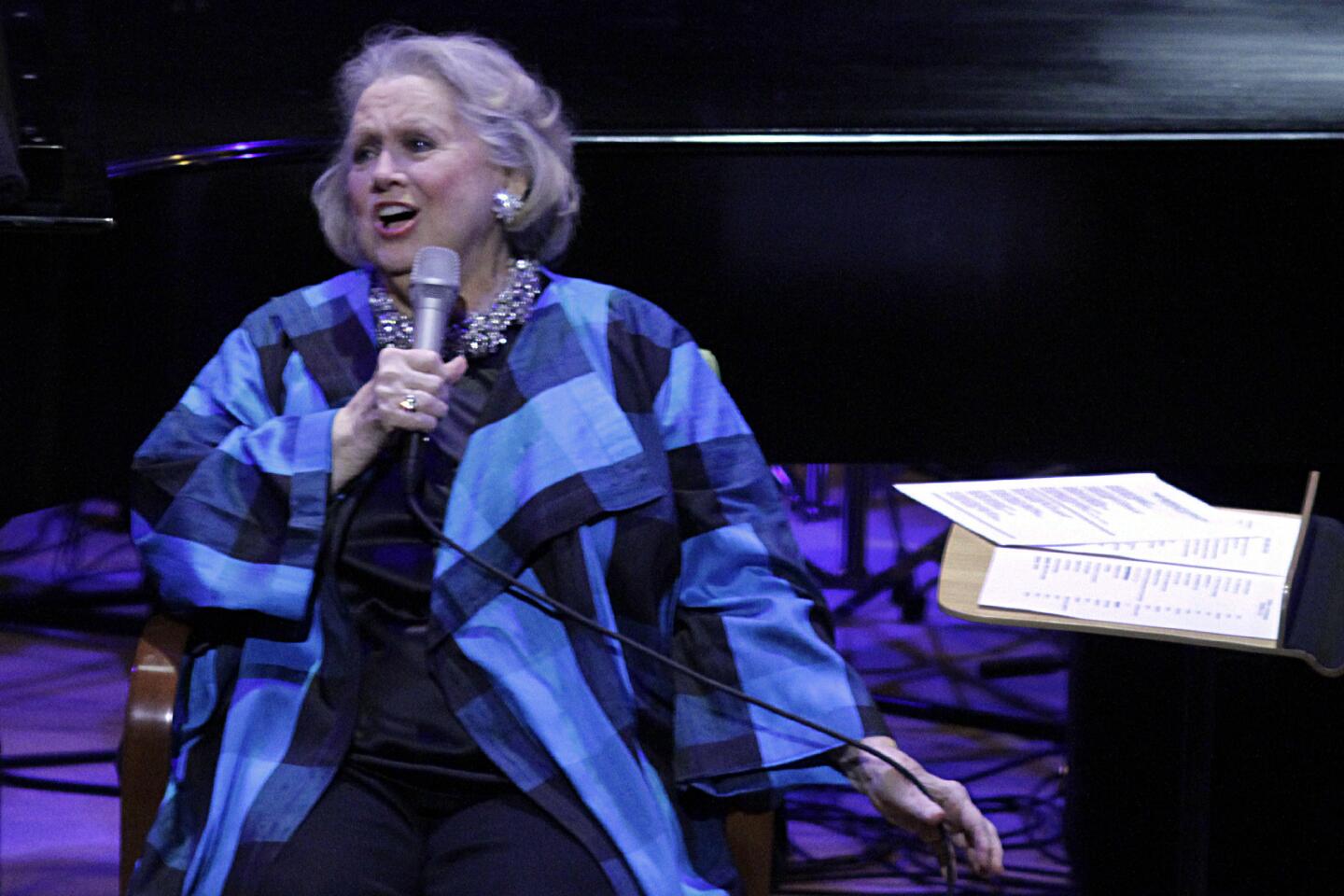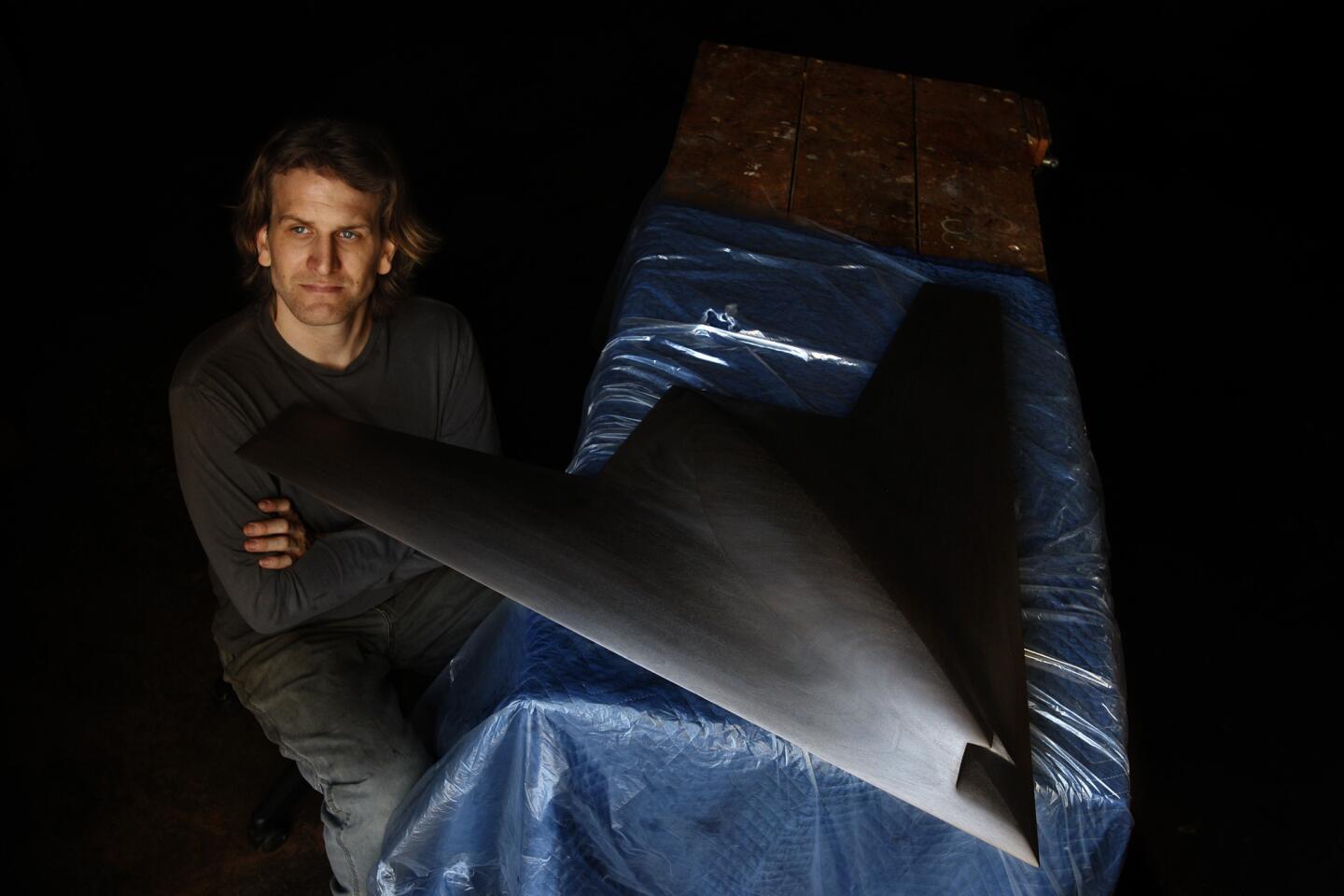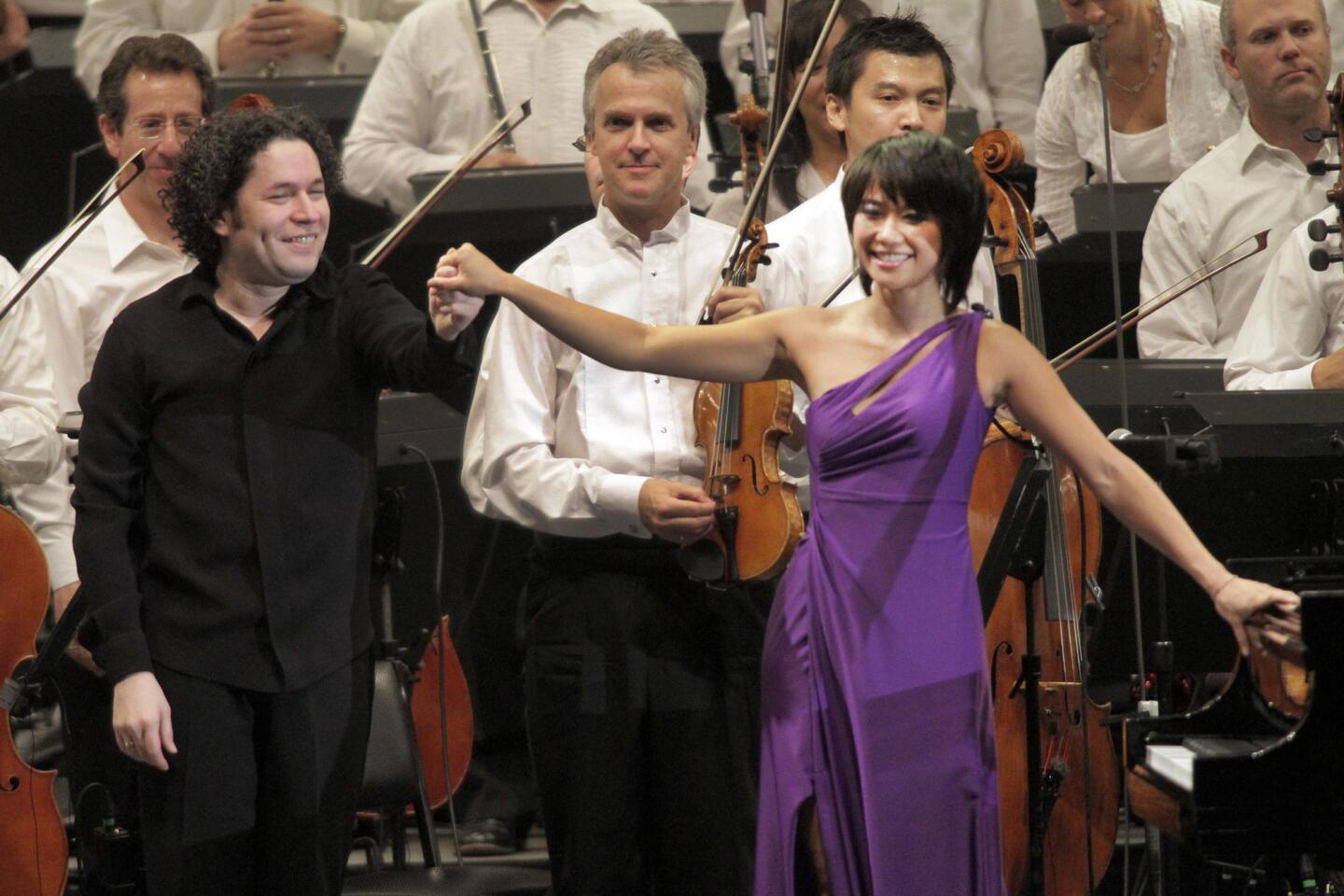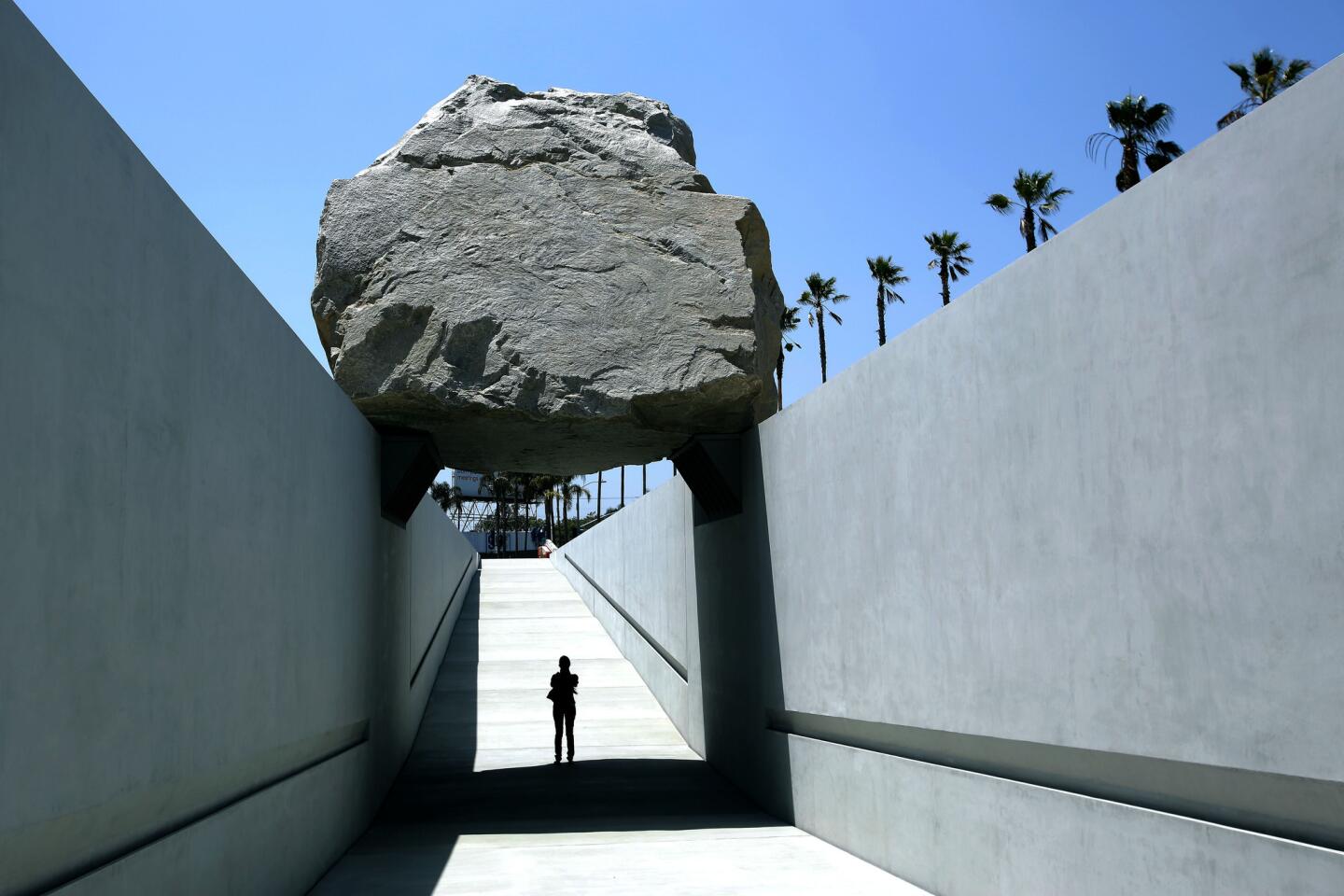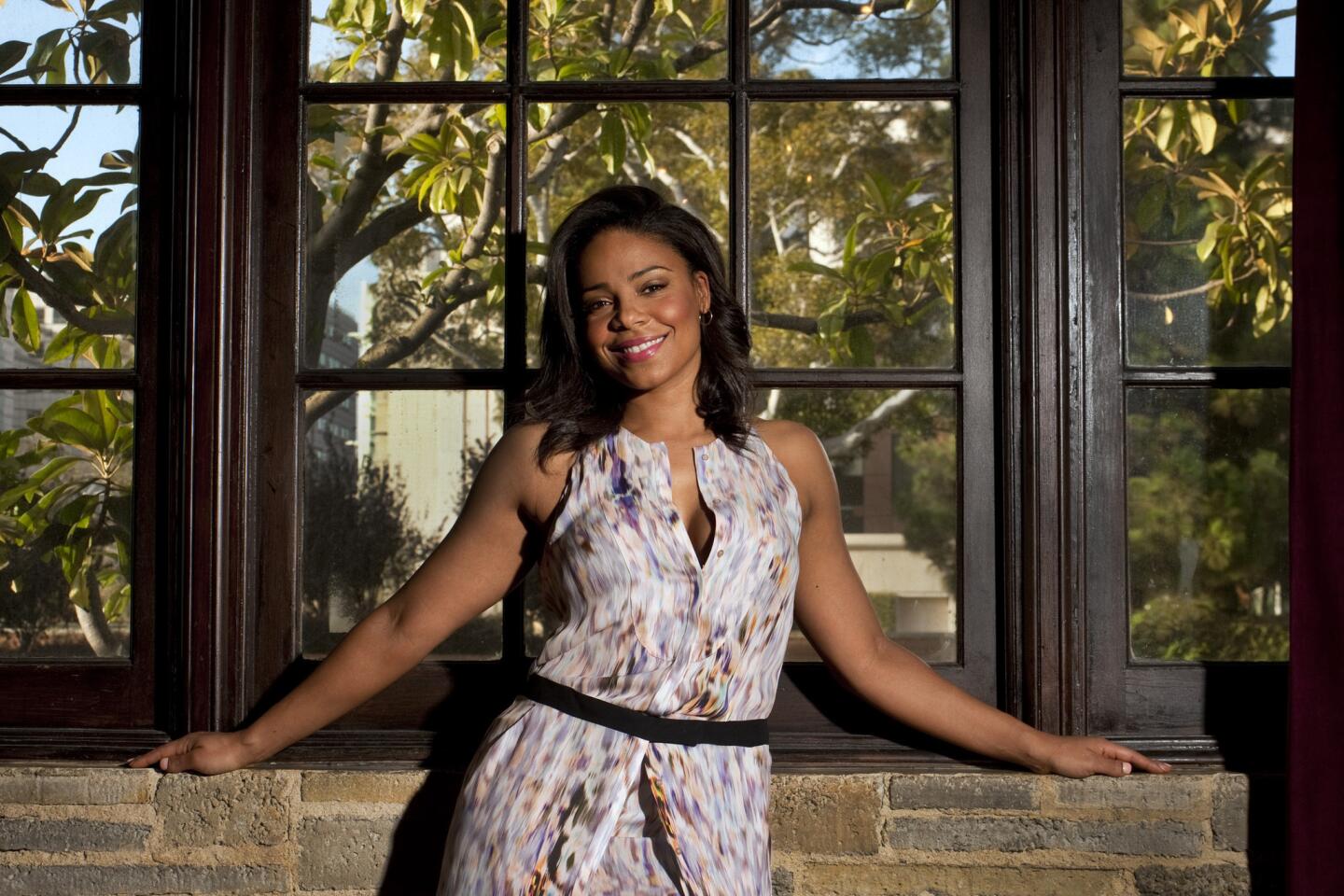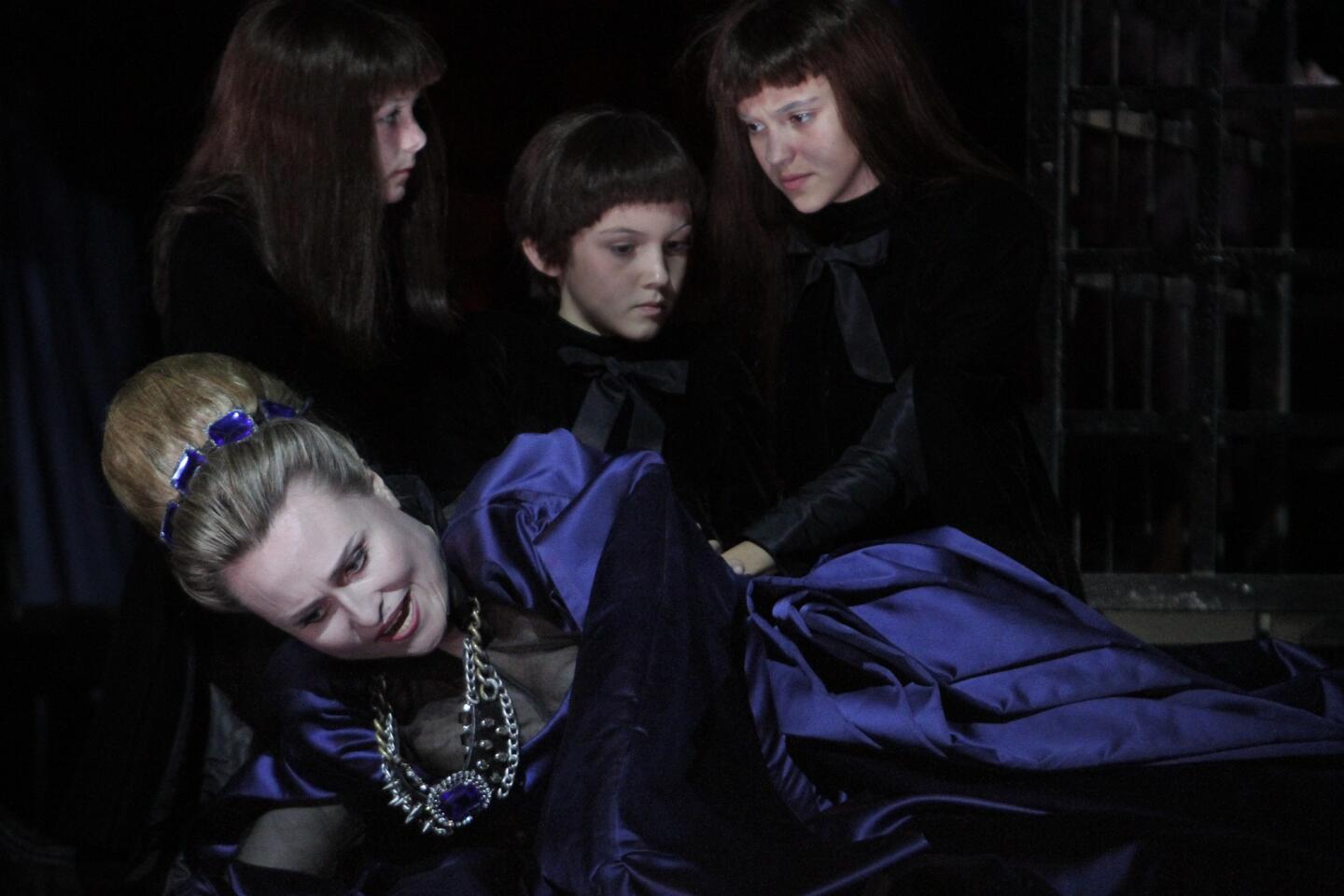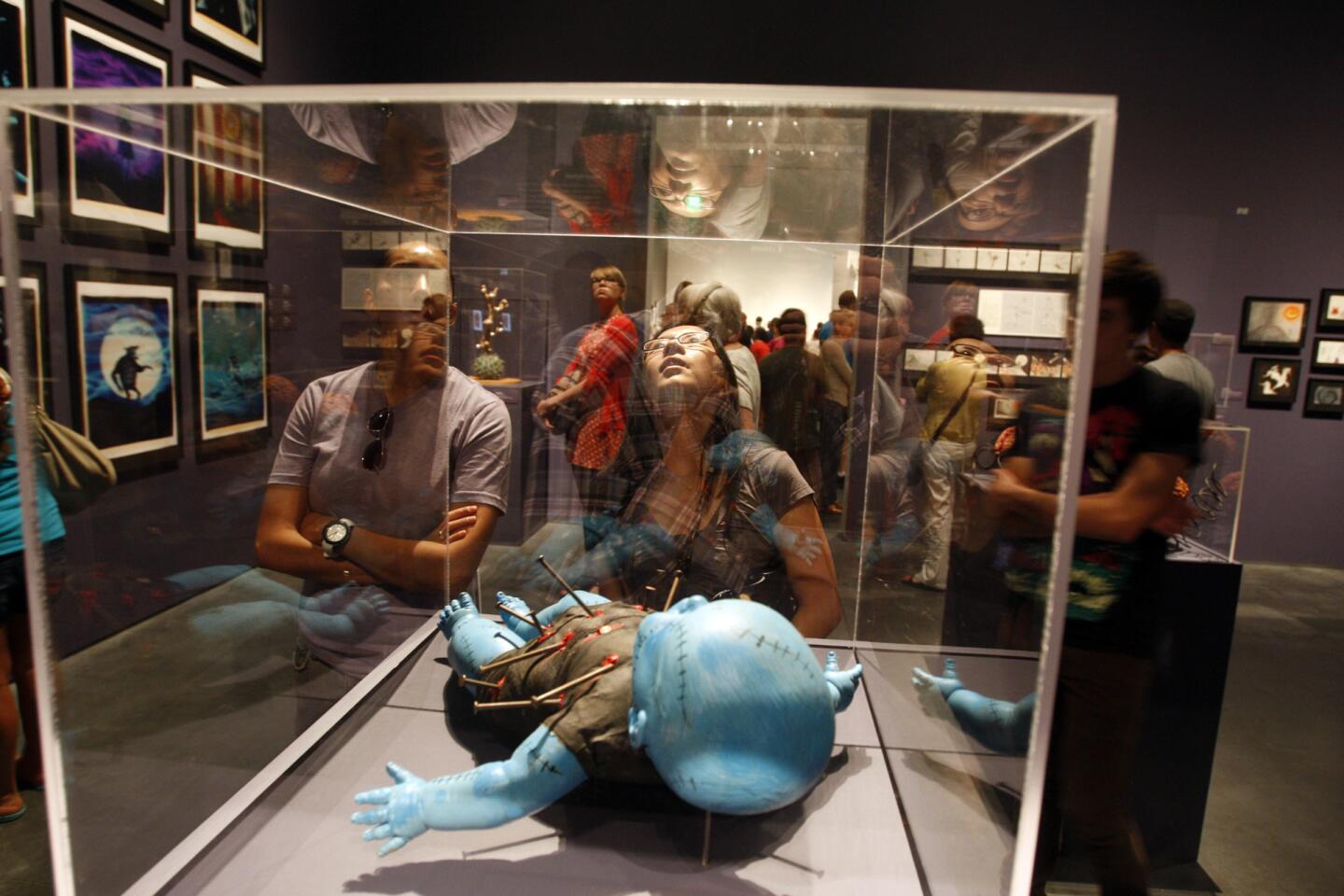Review: Exploring ‘The Postwar House in Southern California’
- Share via
What makes an L.A. house an L.A. house?
That question -- a more slippery one than it might appear -- is the driving force behind “Technology and Environment: The Postwar House in Southern California,” an exhibition running through Friday at Cal Poly Pomona as part of the Getty’s Pacific Standard Time Presents architecture series.
The single-family house, of course, has always been more than just a building type for the architects, builders, promoters and mythmakers of Los Angeles. It has been laboratory, muse, marketing staple and badge of cultural honor.
INTERACTIVE: Wilshire Boulevard, a Main Street that stands apart
But that idea is more starting point for the exhibition than conclusion or thesis. The show assumes you already know it.
The curators, Lauren Weiss Bricker and Judith Sheine, are out to explore L.A.’s residential architecture in some more deliberate and less obvious ways. Their show dissects nine canonical pieces of residential architecture in and around L.A. -- one each by the architects Richard Neutra, Raphael Soriano, Craig Ellwood, Pierre Koenig, Rudolph Schindler, John Lautner, Ray Kappe, Frank Gehry and Charles Moore. The houses cover a chronological range from 1940 to 1974.
If the show has a central goal, it is to suggest the limitations of the idea that the modern L.A. house is without exception a house with a steel frame, a flat roof and lots of glass -- the kind of house made famous by Julius Shulman’s photographs.
There are, to be sure, a few houses like that in the exhibition, including Koenig’s famous Case Study #21, an almost obsessively precise single-story design. But starting before World War II and continuing long after it, ambitious pieces of L.A. residential architecture were just as likely to be structural hybrids, even mutts.
PHOTOS: Arts and culture in pictures by The Times
Schindler built his own 1922 house on Kings Road in what is now West Hollywood using tilt-slab concrete walls and exposed redwood framing; he was inspired by tent design as well as by his architectural contemporaries in New York and Europe. Neutra built in steel but also in wood.
By the time the modern movement began to fray in the 1960s, opening up space for such architects as Gehry and Moore to reinvent the idea of the Los Angeles house, this approach had become its own kind of local tradition: a vernacular of adaptability.
Rooms to the left and right of the main entrance to the exhibition, at the school’s Kellogg University Art Gallery, explore the environmental performance of these houses and how they were marketed and sold to an increasingly affluent postwar public in Southern California. The room on energy is particularly thorough -- a reminder of how few of the shows in the architecture series have directly addressed ecology or sustainability.
But the heart of the exhibition is a careful study, filling a long single gallery, of the nine houses and what we might think of as their structural philosophies -- of the relationship between how they were built and the architectural ideas they wanted to dramatize and convey, along with the constraints they wanted to push against or overcome.
CRITIC’S PICKS: What to see, hear, do and more this weekend
The curators use a variety of materials to tell the story of each design, relying on video, photographs, drawings and -- for four of the houses -- large models constructed by Cal Poly architecture students that strip each project down to its structural skeleton. The exhibition designer is Timothy Sakamoto.
The three most fascinating houses are those falling in the middle of the show’s chronology. All three use ingenious structural solutions to deal with tricky hillside sites or pursue unorthodox architectural goals.
Schindler’s 1946 Kallis House, in Studio City, was an early example of the architect’s postwar experiments in new kinds of wooden frames for hillside lots. In this case the “Schindler Frame,” as the system became known, gave the architect the freedom to experiment with canted ceilings and break away from the same steel box the Case Study program was at the time beginning to lionize.
The clerestory windows in the Kallis House are appealingly idiosyncratic, less a continuous band of glazing near the ceiling than a way to frame the house’s own peculiar geometry.
Lautner’s Carling House of 1948, also in Studio City, is another example of an architect impatient with the limitations of the modernist box. Designed for a musician, the house is a structural hybrid, mixing a hexagonal steel-frame roof over the living room with a wooden post-and-beam structure elsewhere. It is a house that packs a number of ambitious ideas about architectural space and engineering into a relatively small package.
PHOTOS: Buildings that make you smile
The final house in this pivotal trio dates from 20 years later. It is the stunning (and I’d argue still underrated) house Ray Kappe designed for himself and his family on a difficult, sloping lot in Rustic Canyon. Using massive concrete towers and glue-laminated wooden beams to create interior spaces on multiple levels, it is the design of a committed modernist who departed from modernist orthodoxy in shaping the house more for practical reasons than theoretical ones. It is a West Coast rejoinder to the experiments that Paul Rudolph was carrying out at the same time in the Northeast.
The two houses from the early 1970s that follow -- Gehry’s Davis house and studio above Zuma Beach and Moore’s Burns House in Santa Monica Canyon -- step back from those structural gymnastics. They have stories to tell about form, ornament, spatial complexity and the limits of modernism, but they find that a wood frame and stucco walls -- and in Gehry’s case also some corrugated metal and a bit of steel -- provide the best way to tell them.
It’s a sign of the exhibition’s intelligence that it is easy to imagine both older and newer Southern California houses slotting naturally into its curatorial framework. Had the show begun in the 1920s, say, instead of the 1940s, Irving Gill’s houses would have been a natural fit for this kind of analysis.
So would houses from the last 10 or 15 years by architects as different from one another as Barbara Bestor, Michael Maltzan and Eric Owen Moss and by firms including Johnston Marklee, Daly Genik and Touraine Richmond – houses that are inventively catholic about structure, using steel here and wood there, making do if not making it up as they go.
So what makes an L.A. house an L.A. house?
As the show makes clear, the answer to that question has long been and continues to be some charismatic, shifting mixture of experimentation and deep pragmatism -- a sort of can-do radicalism. The L.A. house is an efficiently, expediently made container for big and sometimes difficult ideas.
It doesn’t stand on principle or theory; its ambition is not dogmatic but clear-eyed and -- when necessary --fully malleable.
ALSO:
Hammer Museum to fete Robert Gober, Tony Kushner at gala
Experience London’s Proms from the American side of the pond
LACMA, MOCA fall behind in giving female artists a solo platform
More to Read
The biggest entertainment stories
Get our big stories about Hollywood, film, television, music, arts, culture and more right in your inbox as soon as they publish.
You may occasionally receive promotional content from the Los Angeles Times.

